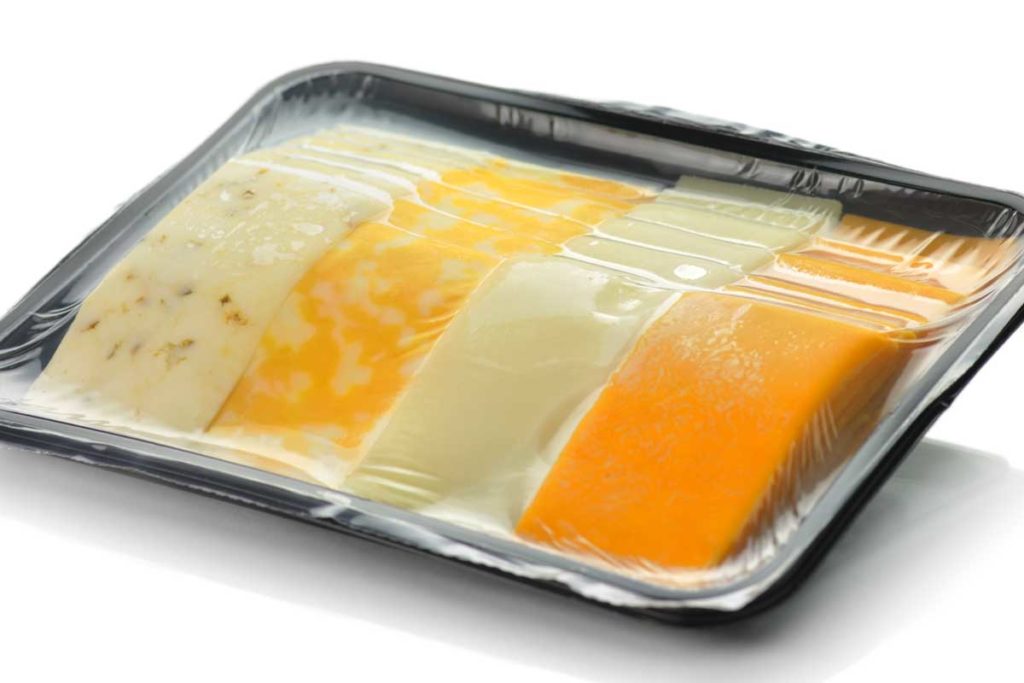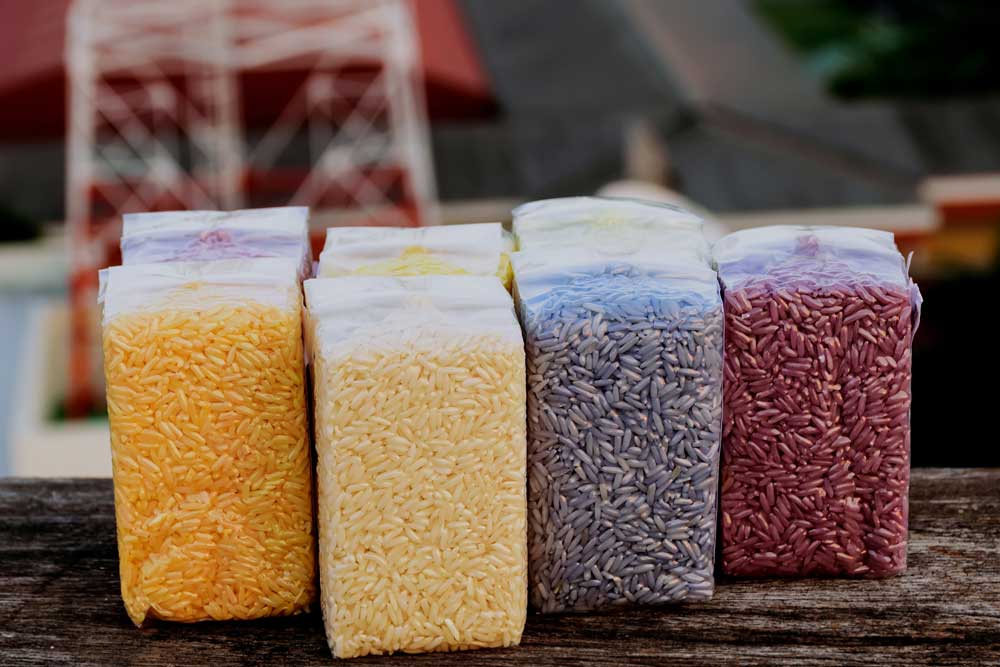The food packaging industry is continuously evolving, with innovations in technology driving the development of better, more efficient packaging solutions. Among these innovations, multilayer flexible films for tray lidding have emerged as a significant advancement. These films are essential for maintaining product safety, extending shelf life, and enhancing the visual appeal of food products. Let’s explore the latest advancements in multilayer film technologies used for tray lidding and how they are meeting the ever-changing demands of the food packaging industry.
The Role of Multilayer Flexible Films in Tray Lidding
Multilayer flexible films are critical components in the packaging process, particularly for products that require a secure and airtight seal. These films are typically composed of multiple layers of different materials, each selected for its specific properties, such as barrier protection, sealability, and printability. When used in tray lidding, these films help protect the contents from environmental factors like oxygen, moisture, and light, which can lead to spoilage.

Key Innovations in Multilayer Flexible Films
1. Enhanced Barrier Properties
One of the most significant advancements in multilayer film technology is the improvement of barrier properties. Traditional films often struggle to provide adequate protection against oxygen and moisture, which are primary factors in food spoilage. However, recent innovations have led to the development of high-performance barrier films that can effectively block these elements.
These films often incorporate advanced materials such as EVOH (Ethylene Vinyl Alcohol) and PVDC (Polyvinylidene Chloride), which offer superior barrier protection. EVOH, for example, is renowned for its excellent oxygen barrier properties, making it ideal for packaging perishable foods. By integrating such materials into multilayer films, manufacturers can extend the shelf life of food products, ensuring they remain fresh and safe for consumption for longer periods.
2. Seal Integrity and Easy Peel Solutions
Seal integrity is crucial in tray lidding to prevent leaks and contamination. Innovations in sealant layers within multilayer films have led to the development of films that offer strong, reliable seals even in challenging conditions. These advanced sealants are designed to bond effectively with a variety of tray materials, including PET, PP, and aluminum, ensuring a tight seal that maintains product freshness.
In addition to seal integrity, easy peel solutions have become increasingly popular. These films are engineered to provide a secure seal that is also easy for consumers to open without damaging the product or packaging. The balance between seal strength and peelability is a critical factor, and modern multilayer films are designed to achieve this balance, enhancing the consumer experience.
3. Integration of Sustainable Materials
Sustainability is a growing concern in the packaging industry, and innovations in multilayer films are addressing this demand. New materials that are recyclable, biodegradable, or compostable are being integrated into multilayer films, offering eco-friendly alternatives to traditional plastic films.
For instance, some manufacturers are developing multilayer films using bio-based polymers derived from renewable resources such as corn starch or sugarcane. These materials reduce the environmental impact of packaging and are increasingly preferred by consumers and companies aiming to reduce their carbon footprint.
Moreover, advances in material science have enabled the production of thinner films without compromising performance. This reduction in material usage not only lowers costs but also decreases the amount of plastic waste generated, contributing to overall sustainability goals.
4. Improved Aesthetic and Functional Features
Visual appeal is a crucial aspect of food packaging, as it directly influences consumer purchasing decisions. Innovations in multilayer films have led to the development of films with enhanced clarity, gloss, and printability. These films allow for high-quality graphics and branding, which can significantly enhance the visual appeal of the packaged product.
In addition to aesthetics, functional features such as anti-fog coatings have been integrated into multilayer films. Anti-fog films prevent the accumulation of moisture on the inside of the packaging, ensuring that the product remains visible and attractive to consumers. This feature is particularly important for fresh produce, where visibility is key to showcasing freshness and quality.

Meeting the Evolving Demands of the Food Packaging Industry
The food packaging industry is constantly evolving, with consumer preferences and regulatory requirements driving demand for safer, more sustainable, and visually appealing packaging solutions. Multilayer flexible films for tray lidding are at the forefront of this evolution, offering a range of benefits that meet these demands.
1. Food Safety and Shelf Life Extension
Food safety is a top priority in packaging, and multilayer films play a critical role in ensuring that products remain safe for consumption. The advanced barrier properties of these films protect against contamination and spoilage, while innovations in seal integrity prevent leaks and tampering. By extending the shelf life of food products, these films reduce food waste and provide consumers with fresher products.
2. Sustainability and Environmental Responsibility
As consumers become more environmentally conscious, the demand for sustainable packaging solutions is growing. Multilayer films that incorporate recyclable or biodegradable materials are helping to meet this demand. These films offer the same level of protection and performance as traditional films but with a reduced environmental impact. As a result, companies that adopt these innovative films can enhance their brand reputation and appeal to eco-conscious consumers.
3. Enhanced Consumer Experience
The consumer experience is a critical factor in the success of any food product, and packaging plays a significant role in this experience. Innovations in multilayer films, such as easy peel solutions and anti-fog coatings, improve the functionality and aesthetics of packaging. These features make products more convenient and attractive to consumers, which can drive sales and brand loyalty.
The Future of Multilayer Flexible Films for Tray Lidding
The future of multilayer flexible films for tray lidding looks promising, with continued advancements expected in material science, sustainability, and functionality. As the food packaging industry continues to evolve, these films will play an increasingly important role in meeting the demands of consumers, regulators, and manufacturers.
One area of potential growth is the development of smart packaging solutions. These could include multilayer films with embedded sensors that monitor the freshness of the product or provide real-time information to consumers about the product’s condition. Such innovations could revolutionize the way food is packaged and consumed, offering even greater benefits in terms of safety, convenience, and sustainability.
Conclusion
Innovations in multilayer flexible films for tray lidding are transforming the food packaging industry. From enhanced barrier properties and seal integrity to the integration of sustainable materials and improved aesthetic features, these advancements are meeting the evolving demands of both consumers and manufacturers. As these technologies continue to develop, we can expect even greater improvements in food safety, shelf life, and consumer experience, paving the way for a more sustainable and efficient food packaging future.
